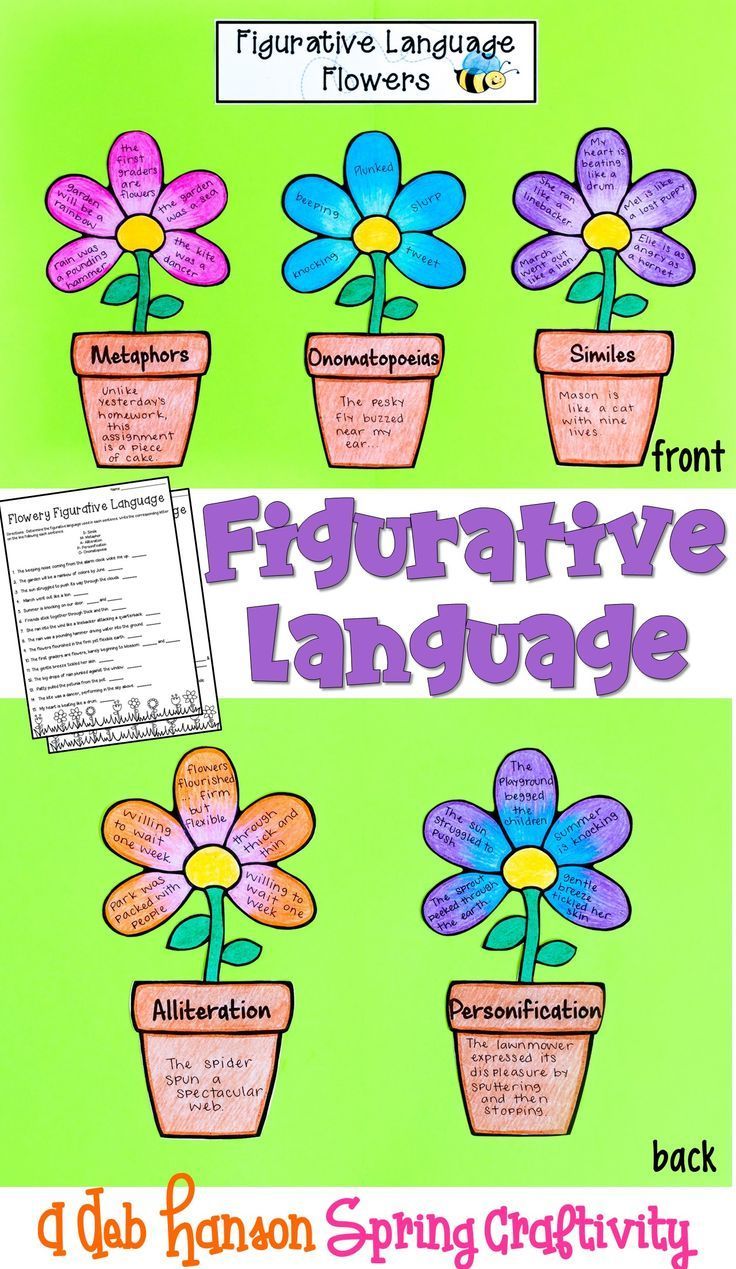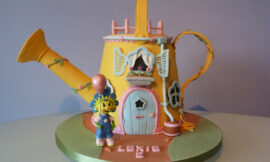
The trade picture book Dandelions: Stars in the Grass by Mia Posada [Carolrhoda Books, Inc., 2000] is a rhyming poem full of imagery describing dandelions and the dandelion life cycle. Use this elementary language arts lesson plan as part of a spring flower theme unit to teach students how and why authors use figurative language such as imagery and similes, and to give students practice with using figurative language in their own writing.
Figurative Language Activity – Imagery
Discuss how imagery is language an author uses to appeal to a reader’s senses and help the reader picture or visualize the subject that the author is describing. Such sensory language might explain how something looks, sounds, smells, tastes, or feels.
Show students a real dandelion flower or a picture of a dandelion flower. Have students brainstorm vivid adjectives and images they might use to describe how the dandelion looks, smells, and feels. Record suggestions on the board. Discuss why or why not an author might describe how the dandelion sounds or tastes.
Then show students a dandelion seed ball or a picture of a dandelion seed ball. Have students brainstorm descriptive words to tell how it looks, smells, and feels. Then work with students to compare and contrast the dandelion at these two stages in its life cycle.
As an extension activity, teachers can use the recipe provided at the back of Dandelions: Stars in the Grass to serve students lion’s teeth salad. Then students can suggest words to use to describe how dandelions taste, as well.
Elementary Language Arts Lesson Plan – Share the Literature
Build background by asking students to share any prior knowledge they have about the parts of a dandelion or the life cycle of dandelions. Then display the cover and have students identify what is pictured on it. Flip through the pages and have students make a prediction about the contents of the book.
Read the book aloud, asking students to pay particular attention to the language the author uses to describe what dandelions look like and do during the dandelion life cycle.
After reading, check students’ predictions.
Identify Figurative Language – Identify Similes
Explain to students that a simile is poetic language that uses the words like or as to compare one thing to another. Skim through Dandelions: Stars in the Grass again and have students identify similes such as the following:
- petals…spreading out like rays of the sun
- dandelions bloom like gold stars in the grass
- like tiny umbrellas they float up high
For each simile, have students identify what is being compared to what.
Identify and Analyze Special Text Treatment
Explain to students that sometimes authors use special text treatment, or set certain words in different sizes, colors, styles, or even shapes. When readers see words set in special text, they should ask themselves why the author is calling attention to these words, or making them stand out.
Skim through the book and have students identify examples of special text. Ask students to discuss why the author might have set each of these words in a special way. Examples and possible reasons include:
- Weed and noble breed are both emphasized. The author is comparing how people often think of dandelions with how she thinks of them.
- Yellow is set in the color yellow, and spreading out like rays of the sun is spread out like rays, too.
- Taller and taller are set taller than the rest of the text to show how the dandelions are growing.
- The letters in fall away are falling down the page like the falling petals.
- Sprouting up is set in green and stands out from the rest of the black text like a green sprout in a field.
For assessment, have primary students use imagery, similes, and special text treatment to write descriptively about a different kind of flower. Provide students with pictures of other flowers, or have them use their prior knowledge to write. Bind the finished work together in a book for the class Reading Center.
Learning to identify figurative language and seeing contextual examples of sensory language will help students understand better how these literary devices work. Students can use the examples later as models when incorporating figurative language into their own writing.



